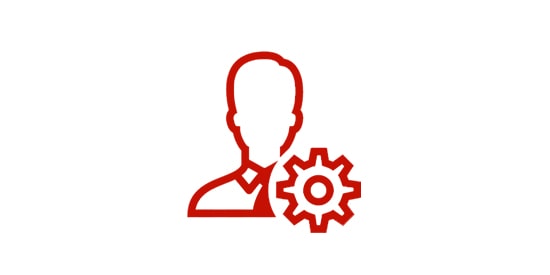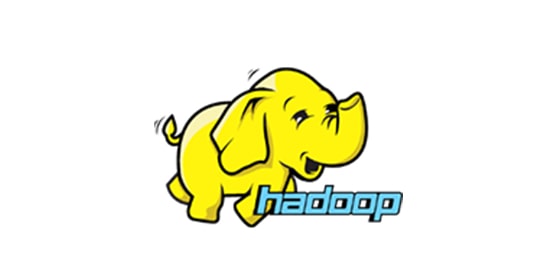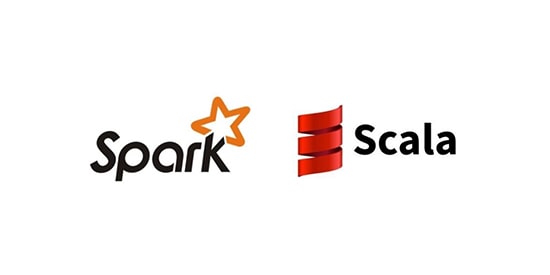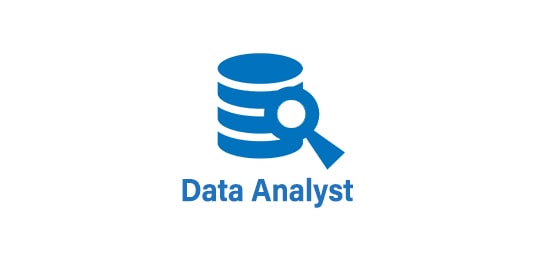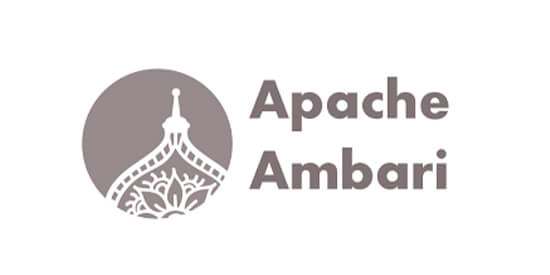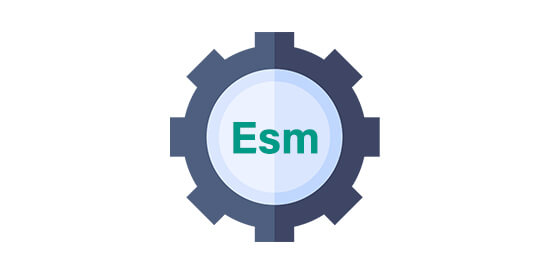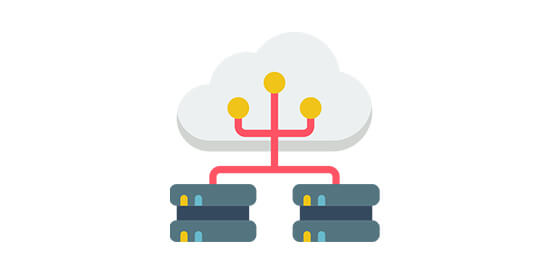Teradata Training
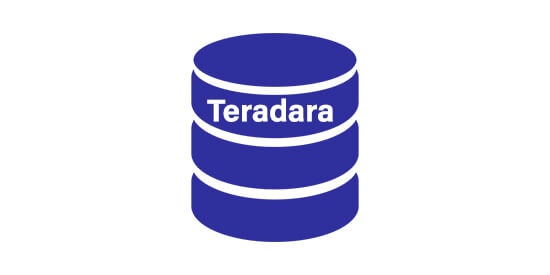
Teradara Course Online
Teradata training will help you become an expert in developing data warehouse applications using Teradata while working on use cases and real-time projects. Teradata is a fully scalable relational database management system for storing, retrieving, and processing large volumes of data and leads to greater productivity when searching, scanning, sorting, and processing data. This Teradata training opens an excellent career path. You can try for various roles like Teradata developer, Teradata Dba, Teradata architect, and many more as these are high-paying jobs. This course will effectively shape your career in business intelligence and help you realize your dream career.
Course Overview
Teradata is one of the most widely used data warehousing tools. This training program provides you with an in-depth understanding of all key Teradata concepts with hands-on training from industry experts. Learn how to build data warehouse applications with Teradata through real projects and use cases. The Teradata tutorial covers all the concepts necessary to clear the Teradata certification exam and advance your career.
Our instructor-led classes and flexible timings make it more attractive and effective for you to master Teradata and its tools. By the end of this course, you will become proficient in Teradata architecture, data distribution, and the Teradata command line.
Teradata Certification Key Features
- Installation and Configuration of Teradata
- Core concepts of Teradata administration
- Get Teradata Certification
- Provide you with Teradata interview questions
- Guidance in building Teradata resume
- Mock tests, Mock interviews
- Flexible timings
- One on One sessions
Who should take learn Teradata Course Online?
This course is ideal for software developers, data analysts, database administrators, and IT professionals who want to change their careers or learn from scratch. Freshers who want to pursue a career in business intelligence can also opt for this course. Additionally, all enthusiasts of business intelligence and Teradata can take up this course.
Top Hiring Company

Industry Trends

Course curriculum / Syllabus
- What is Teradata?
- Comparing Teradatav12 and versions
- Teradata History
- Scalability of Teradata users
- Indepth knowledge of Teradata and other RDBMS
- Understanding Teradata warehouse
- Teradata within the Enterprise
- Teradata basic commands
- What is Help command
- What is Show command
- What is Explain command
- What is Collect statistics command
- Teradata object definition
- Different types of tables in Teradata
- How to create Set tables?
- What is create Multi tables?
- How to create Volatile tables and the use
- What is Global temporary table?
- What is Derived tables?
- Workings of View in Teradata?
- How to create Macros in Teradata?
- Using Stored procedure in Teradata?
- Workings of Teradata memory spaces
- What is Permanent spaces
- Using Temporary spaces
- What is Spool spaces and how it is calculated
- How to create Users spaces and PWD
- What is Clique
- What is AMP Cluster
- Locks and types for synchronous Access
- Why for locks and how to release them
- Understanding RAID one and RAID five
- Types of Journals and Virtual Disk Array
- How and wherever journals used
- Q & A relating to data recovery
- Using Teradata indexes
- Types of indexes in Teradata
- What is Hash index?
- Workings of Join index
- What is unique primary index?
- What is non- unique primary index?
- What is unique secondary index?
- What is non- unique secondary index?
- How to calculate Skewness in Teradata?
- How and why Keys are used?
- How and why Indexes are used?
- How to storage and retrieval of data information
- Using Hash algorithmic program
- Using Row hash
- Workings of Hash map
- Using Hash bucket
- Using Receiving VDisc
- Workings of Teradata SQL Queryman
- Understanding Node Architecture (Shared Architecture)
- Using Architecture of SMP
- What is Architecture of MPP?
- Using Parsing engine(PE) design
- Workings of AMP design and uses
- Using Bynet edges and types
- Concepts of Parallel data extension (PDE)
- Teradata directory program(TDP)
- Call level interface(CLI)
- Trusted parallel application(TPA)
- Virtual processors
- Bynet zero and Bynet one
- Architecture of Parallism
- Recovery and protection of data
- What is fallback tables and how it is used
- How to use SQL fundamentals
- Understanding Data varieties and literals
- What is a DDL Statement in Teradata?
- What is DML Statement in Teradata?
- Teradata naming conversing
- Teradata join methods and unions
- Workings of hash join
- Workings of merge join
- Using nested join
- Using product join
- Workings of inner join
- Using left and right outer join
- Workings of full outer join
- Explain usage
- Collecting statistics
- Concepts of SQL tuning
- Various SQL statements
- Real time issues & partitioning
- Teradata BTeq scripts
- Overview of BTeq
- Looping stages
- Batches scripts
- Import &export scripts with Examples
- Teradata FastLoad
- Types of phages
- how to find Phages
- Advantages and processes of Phages
- Limitations of fast load
- Using Teradata MultiLoad
- Overview of Multi load
- Types of phases in MultiLoad
- Advantages and process of Multiload
- Limitations of MultiLoad
- Uses various types of operations
- Work on Multi tables
- Real time scripts
- Teradata Tpump
- Overview of Tpump
- Limitations of Tpump
- Work on Multi tables
- Real time scripts
- Teradata Fast Export
- How to export the data
- Passing parameters
- Work on Multi tables
- Teradata SQL Assistant(Queryman)
Teradata Training FAQ’s:
Teradata is an open-source RDBMS (Relational Database Management System) used to manage large data warehousing operations, and it is a big data technology.
We provide a Teradata certificate upon completion of the course. Our certificate program is industry-recognized and helps you gain credibility among the organizations hiring.
The average salary of Teradata Developer is $93,524/yr.
Yes! The lecturers are qualified because they have worked in the field and know the subject and the technical aspects.
Yes! Demonstrations are offered, and you can choose a course based on them.
We would reschedule or provide you with a recording of the session.
Yes, we provide job placement services.
Enquire Now
Why QTS INFO
Best Virtual training classrooms for IT aspirants
Real time curriculum with job oriented training.
Around the clock assistance
We are eager to solve your queries 24*7 with help of our expert faculty.
Flexible Timings
Choose your schedule as per your convenience. No need to delay your work
Mock projects
Real world project samples for practical sessions

